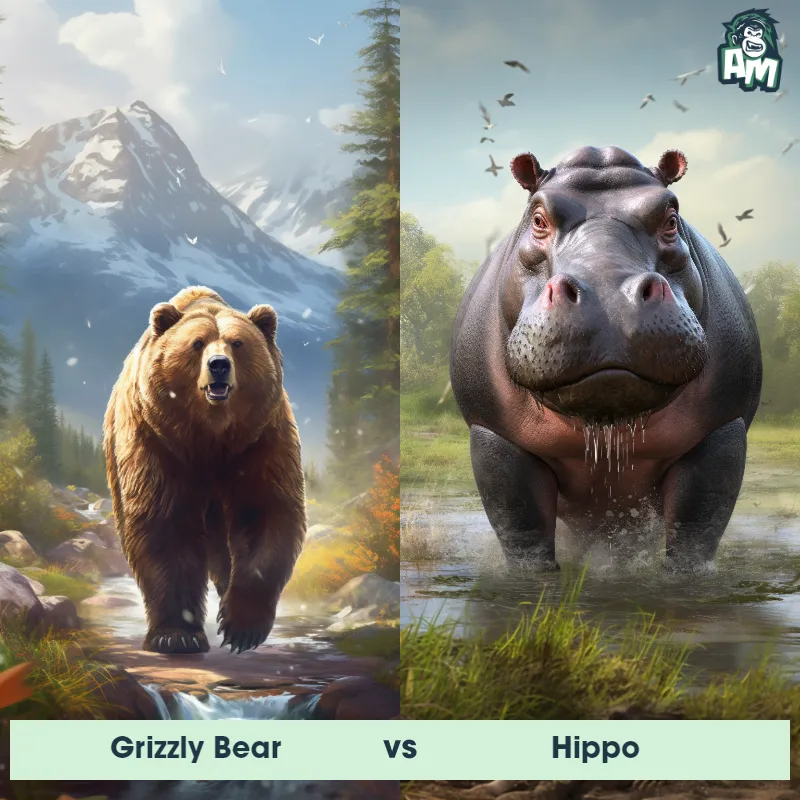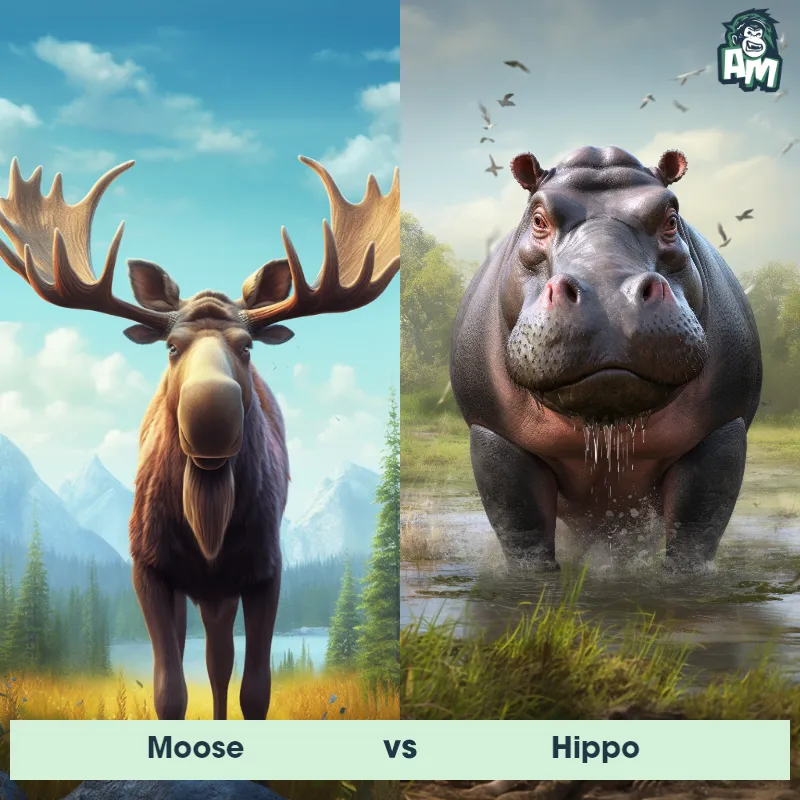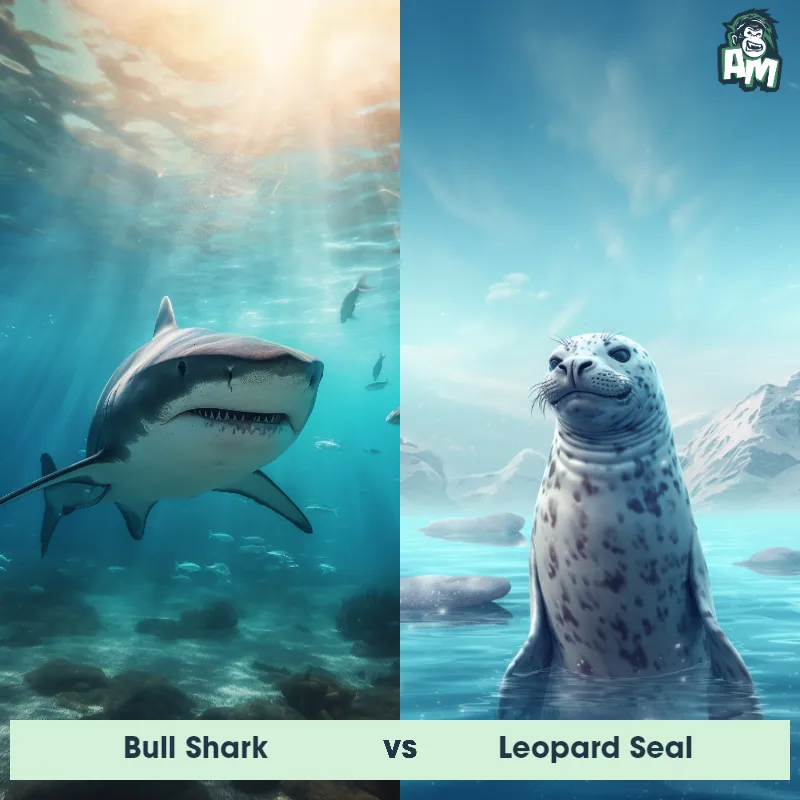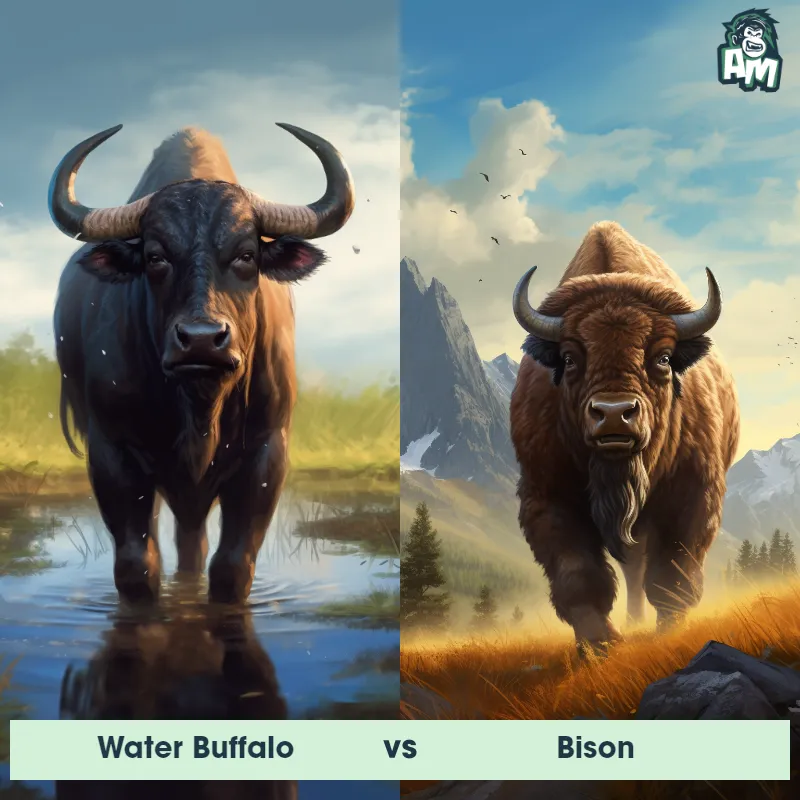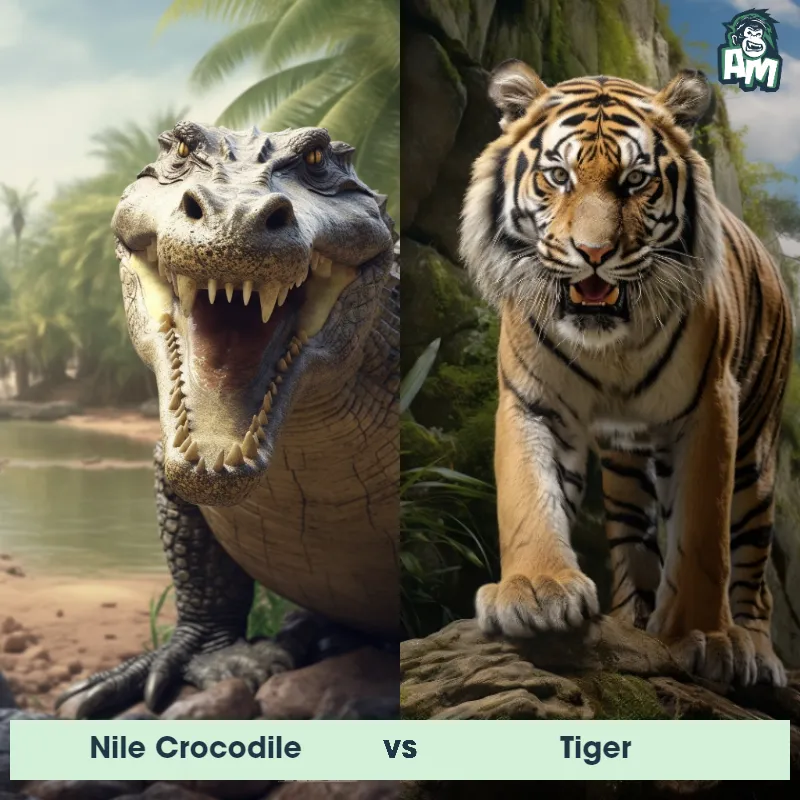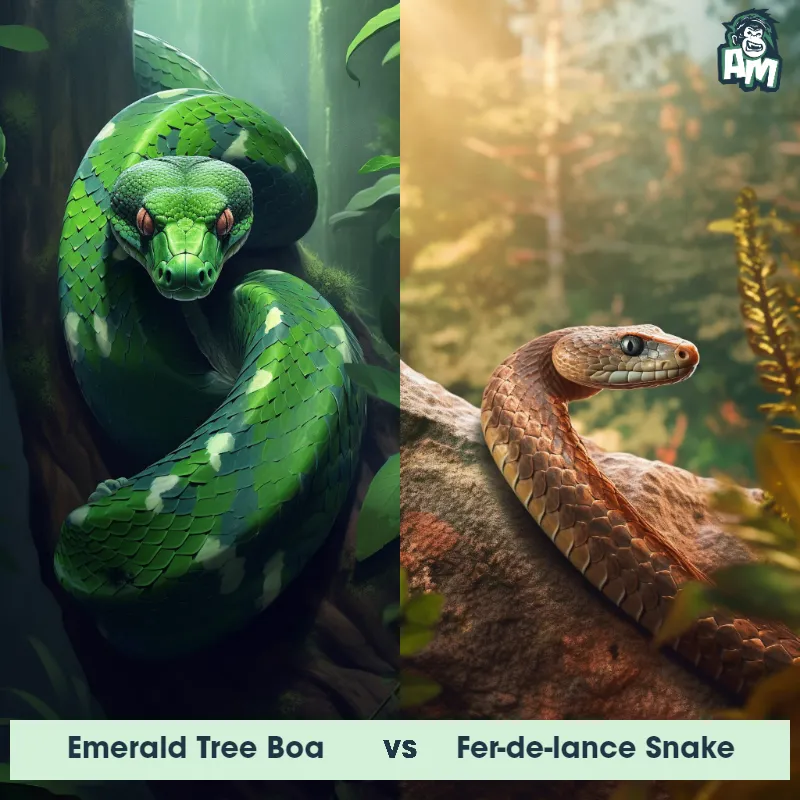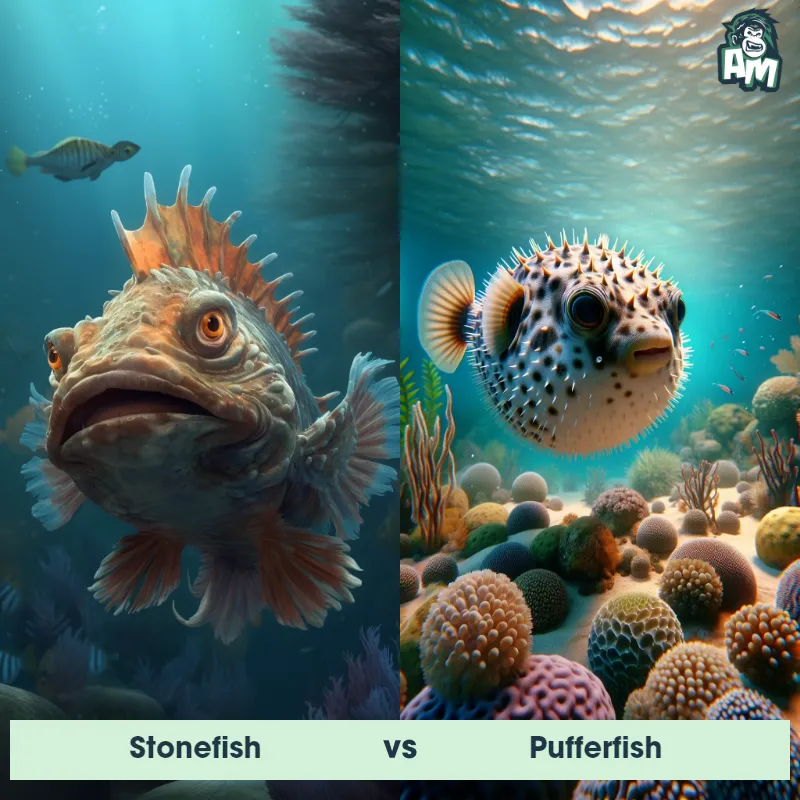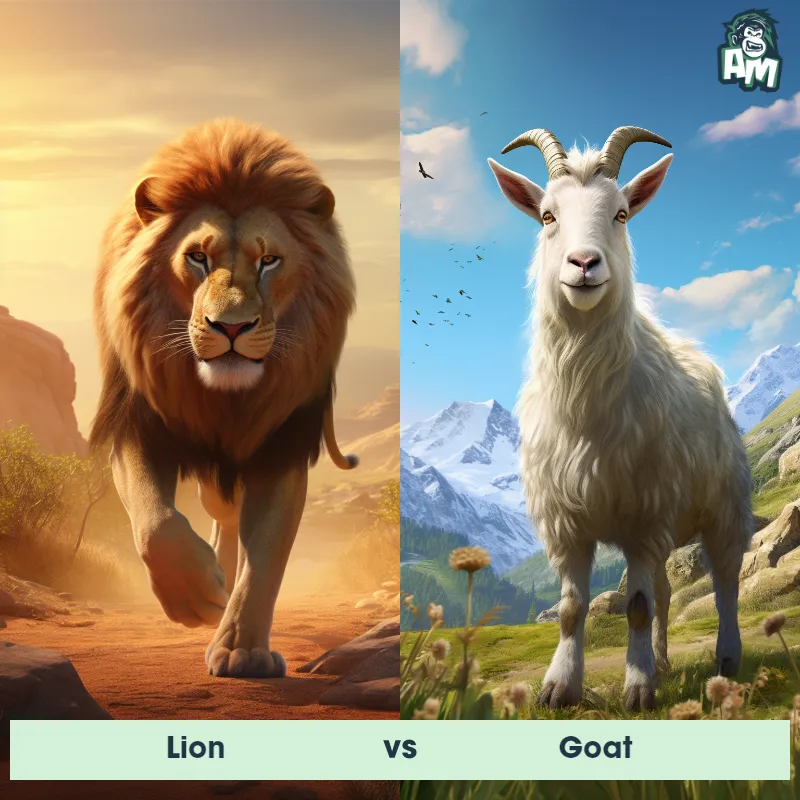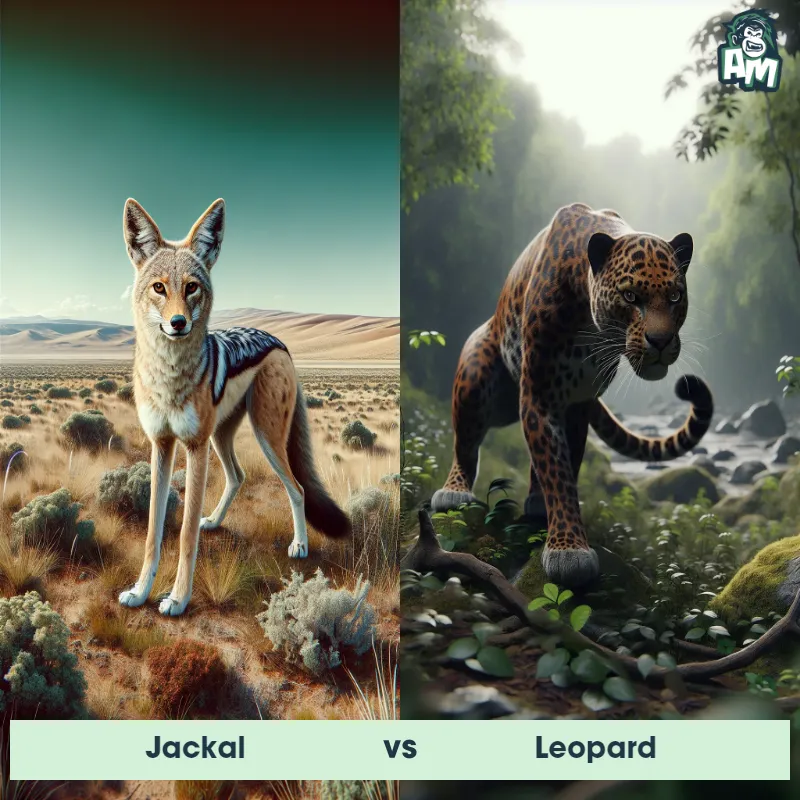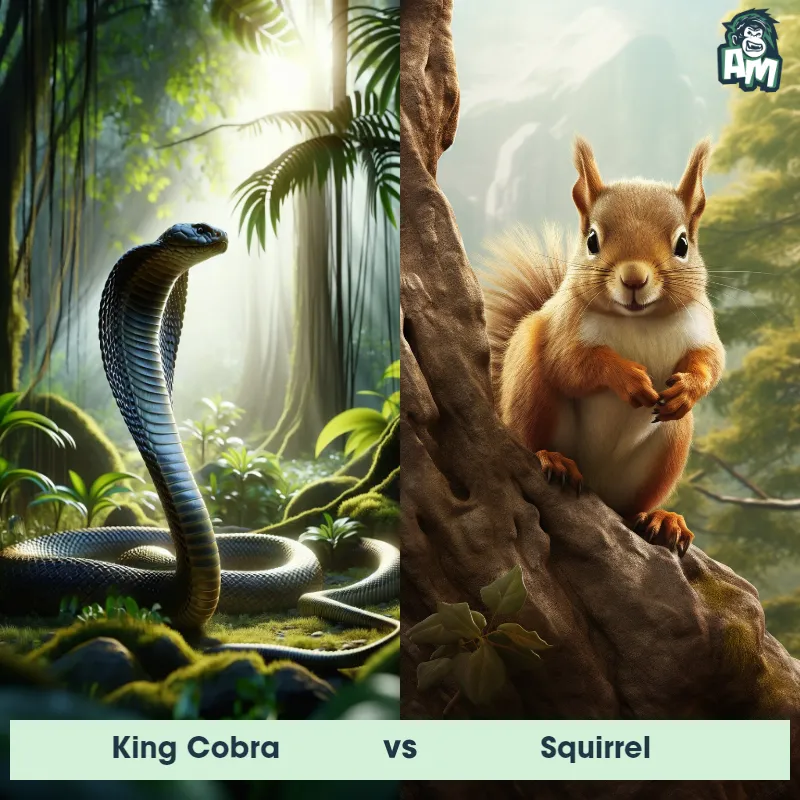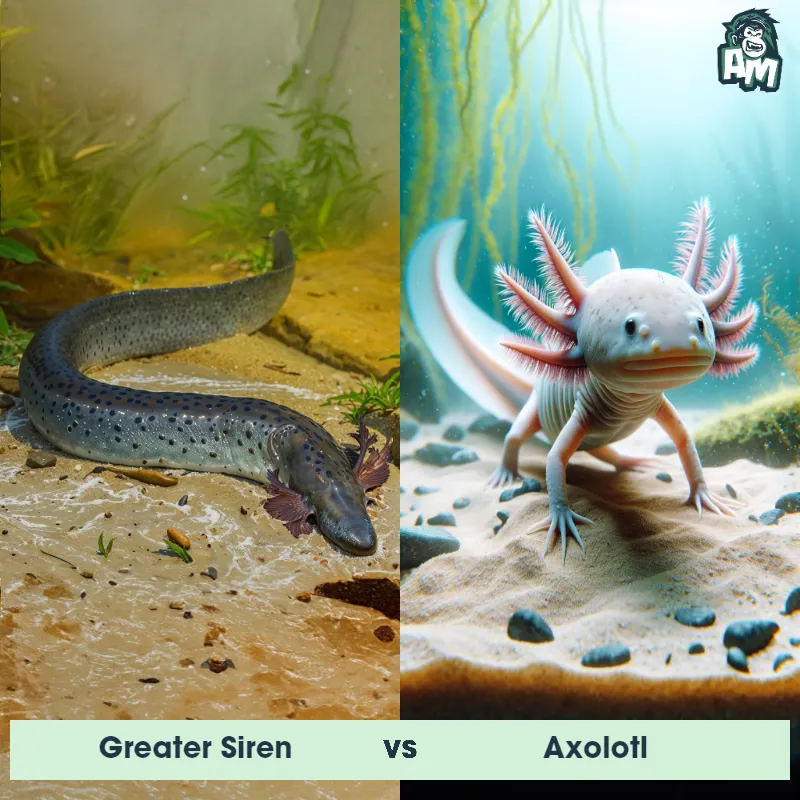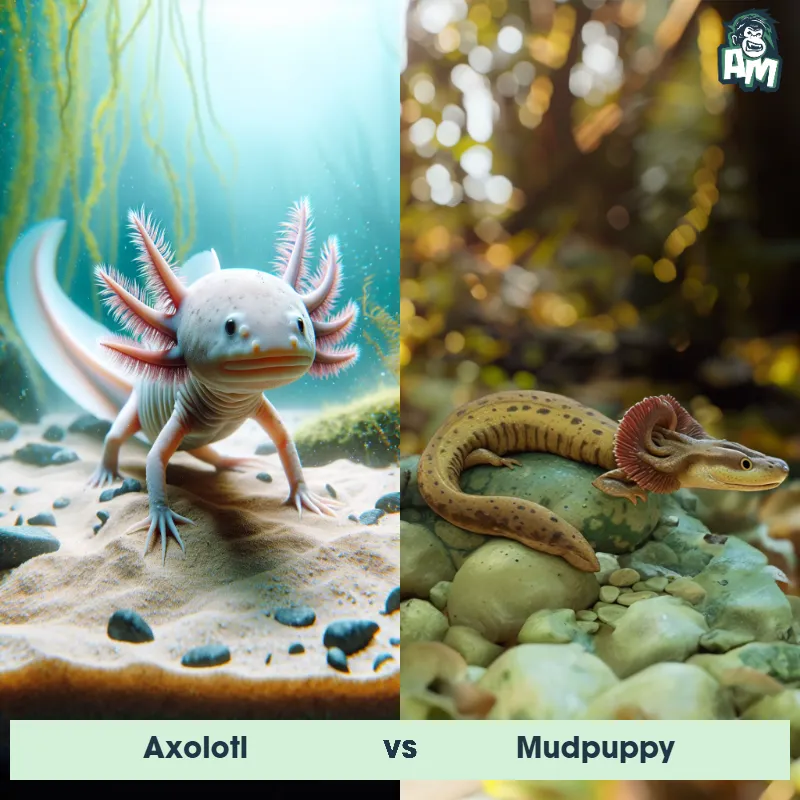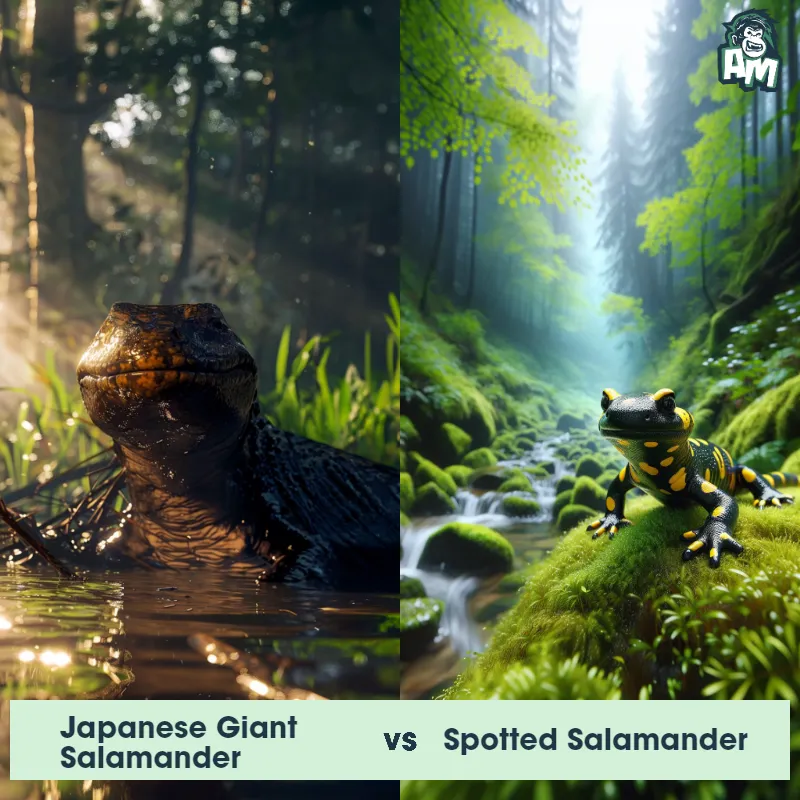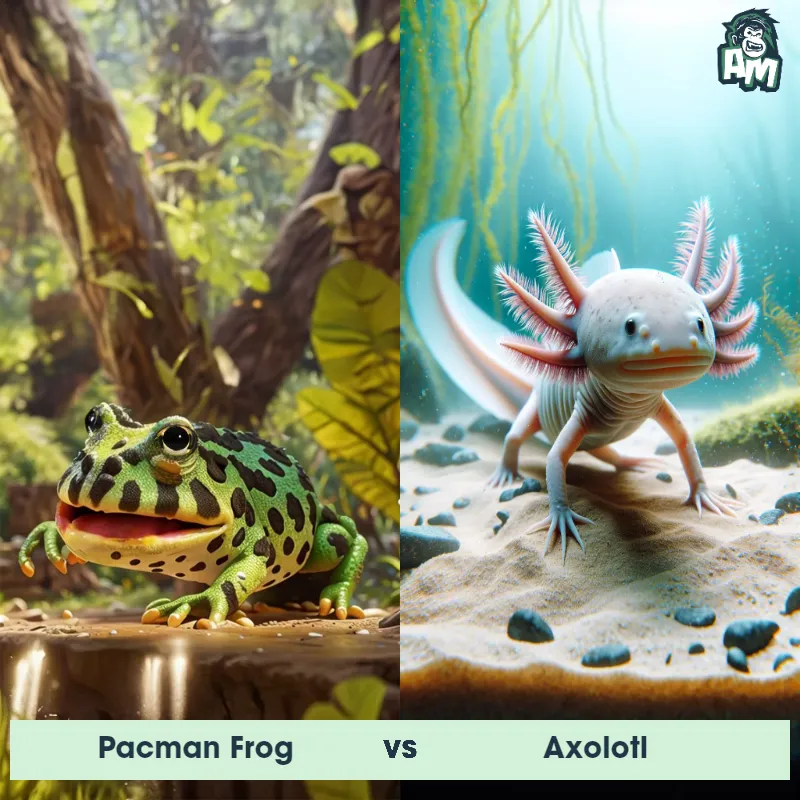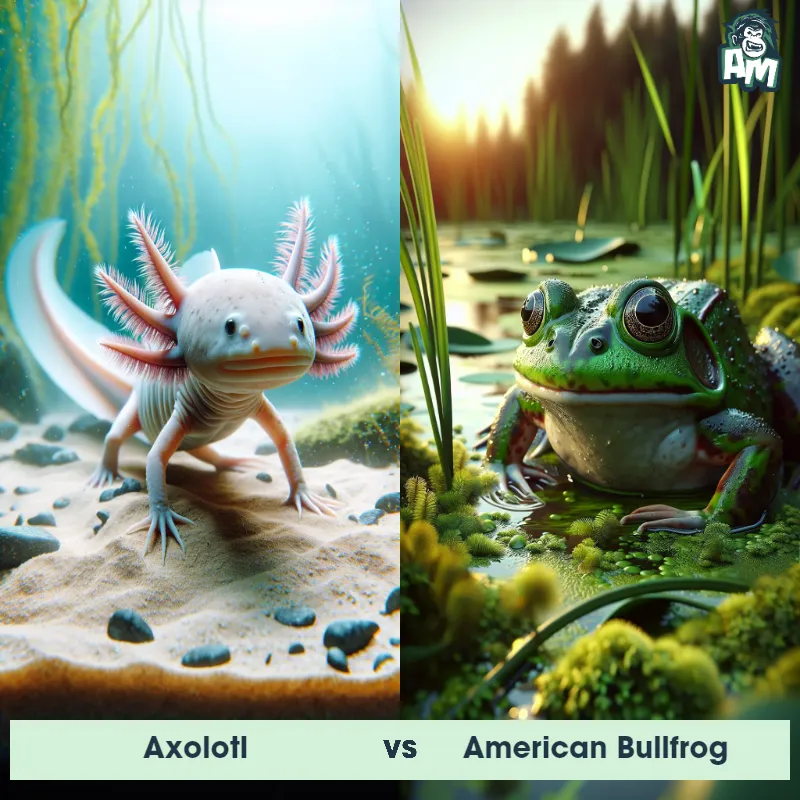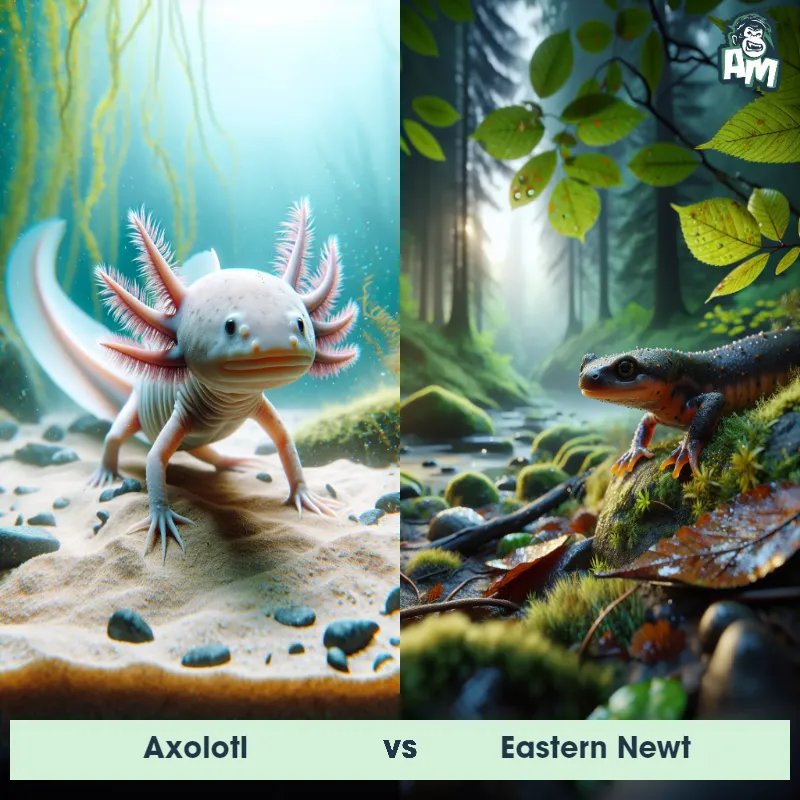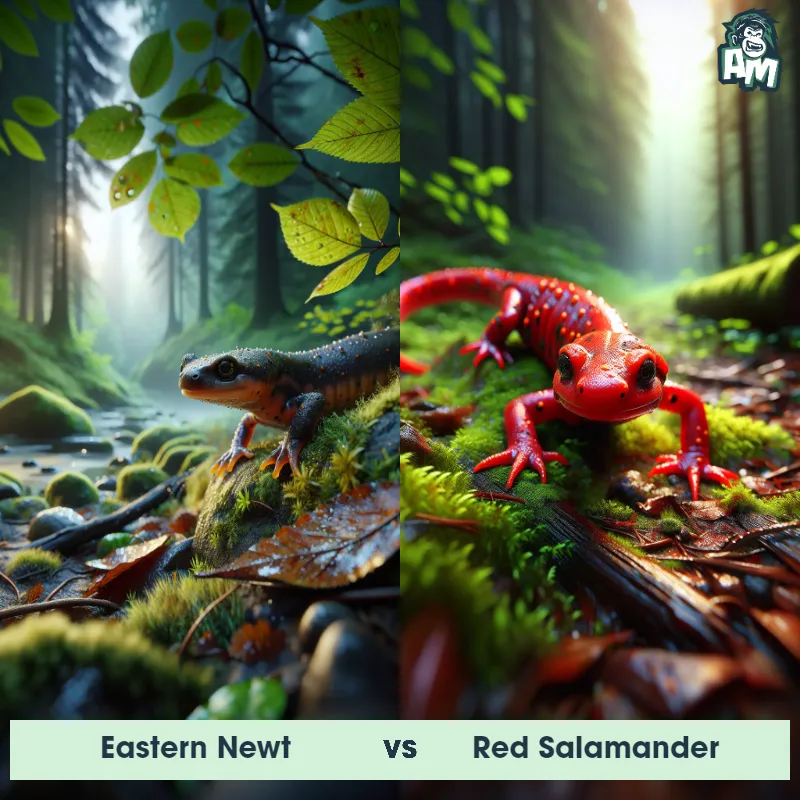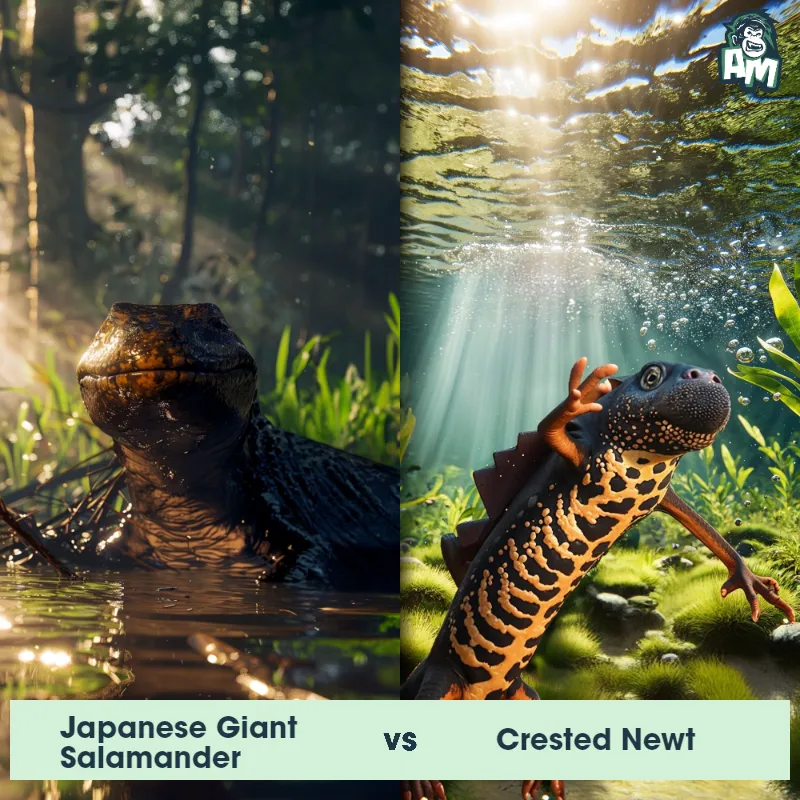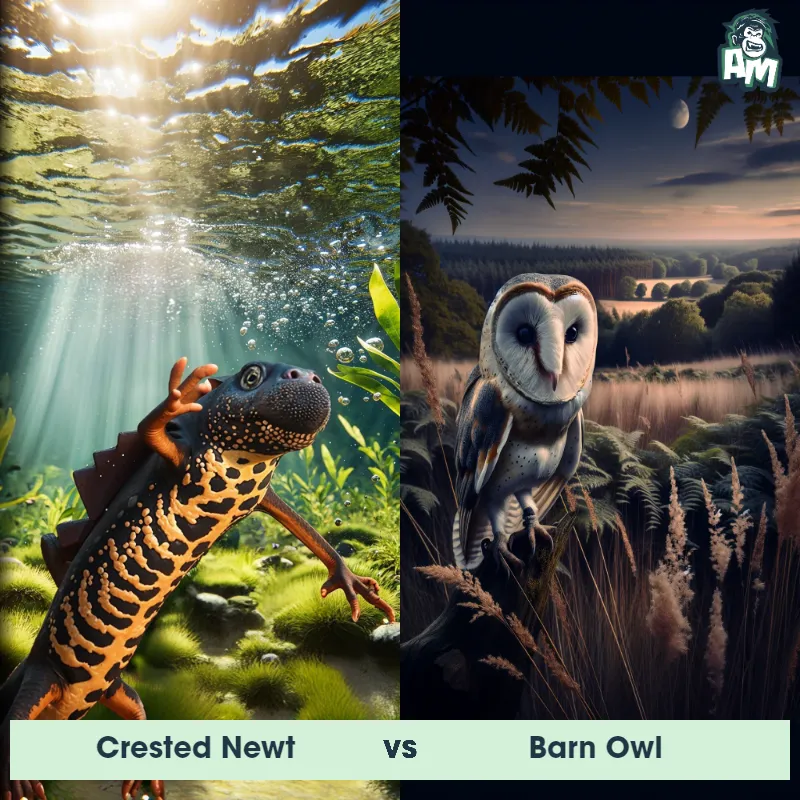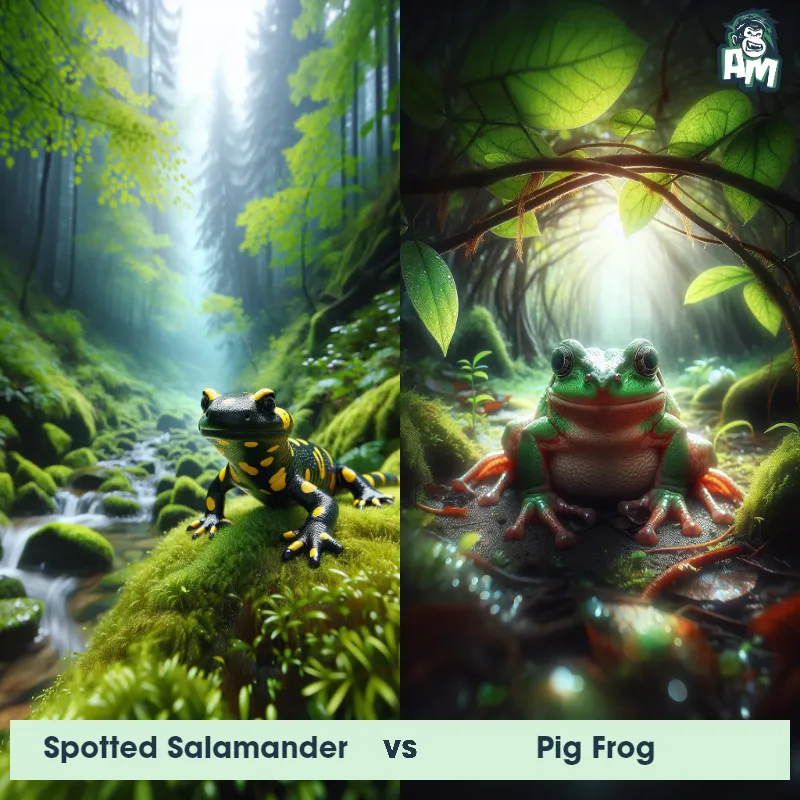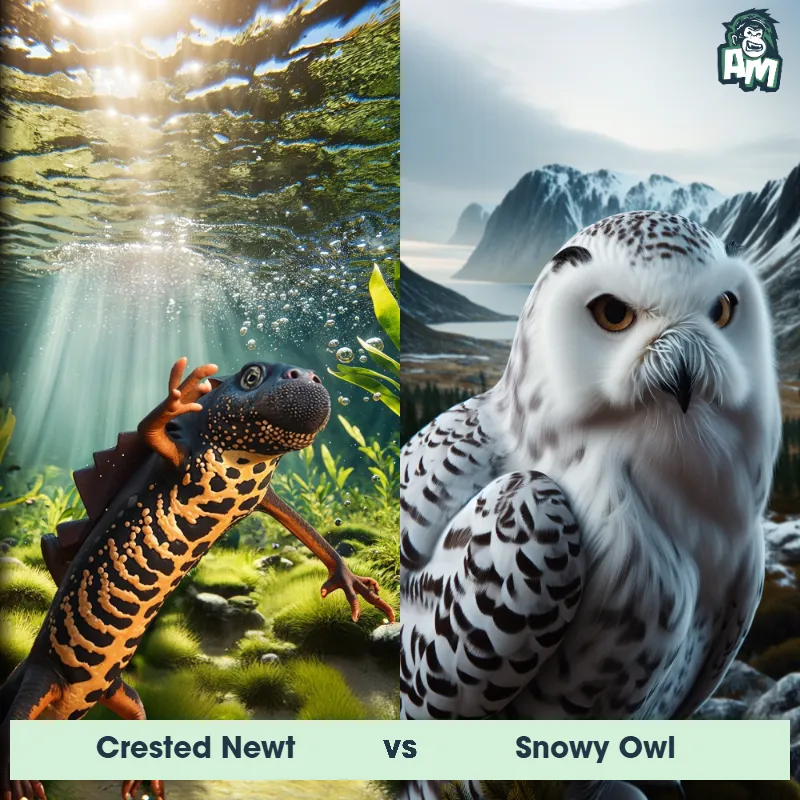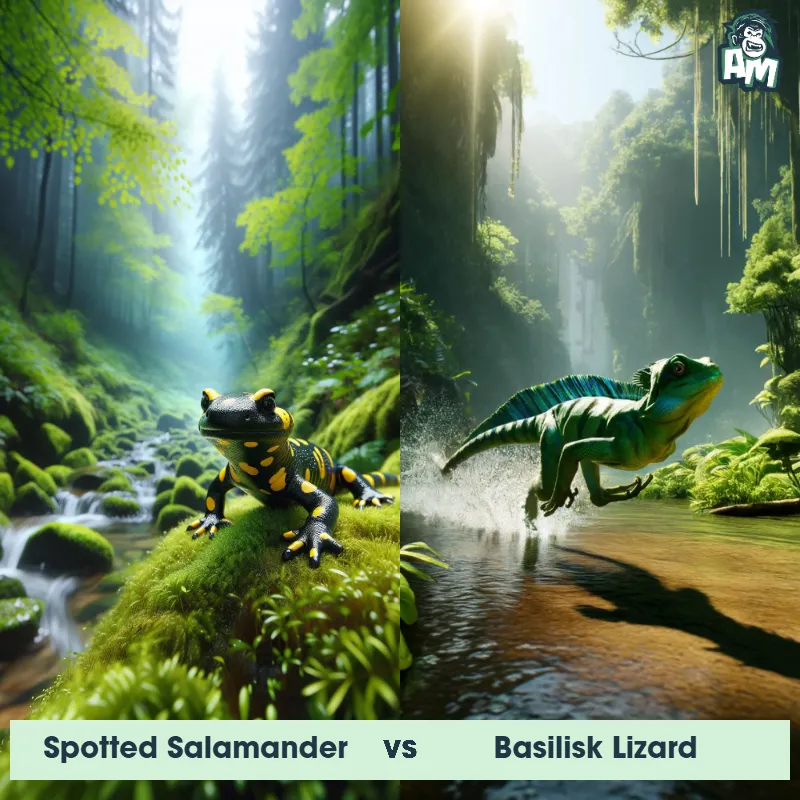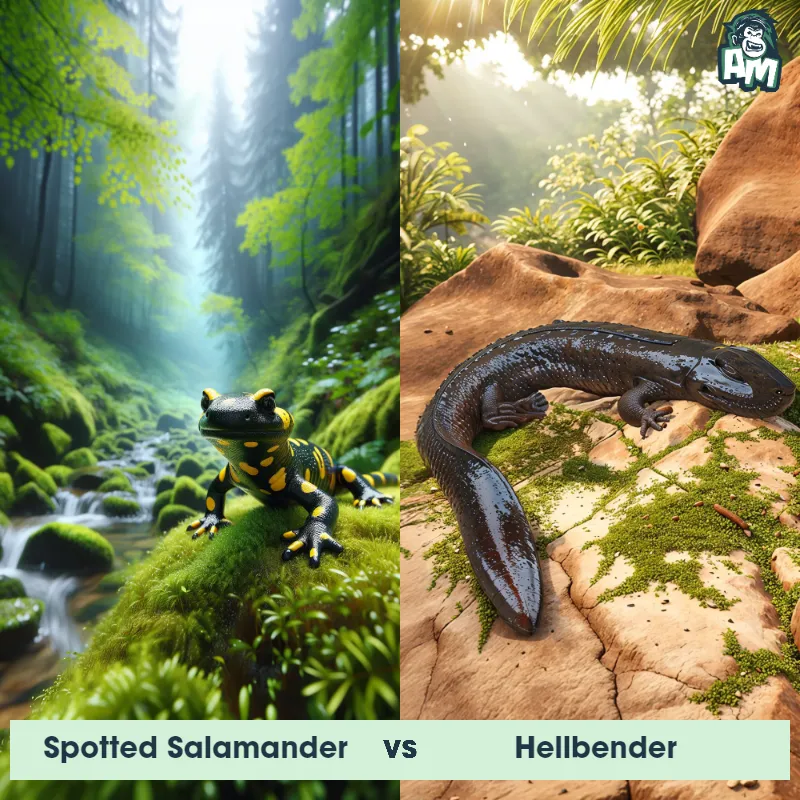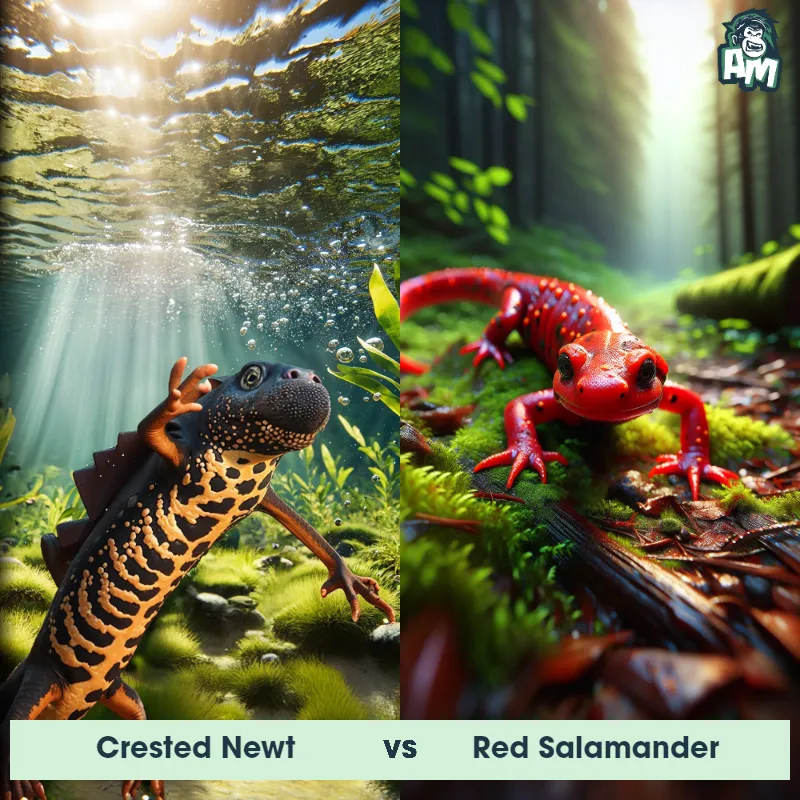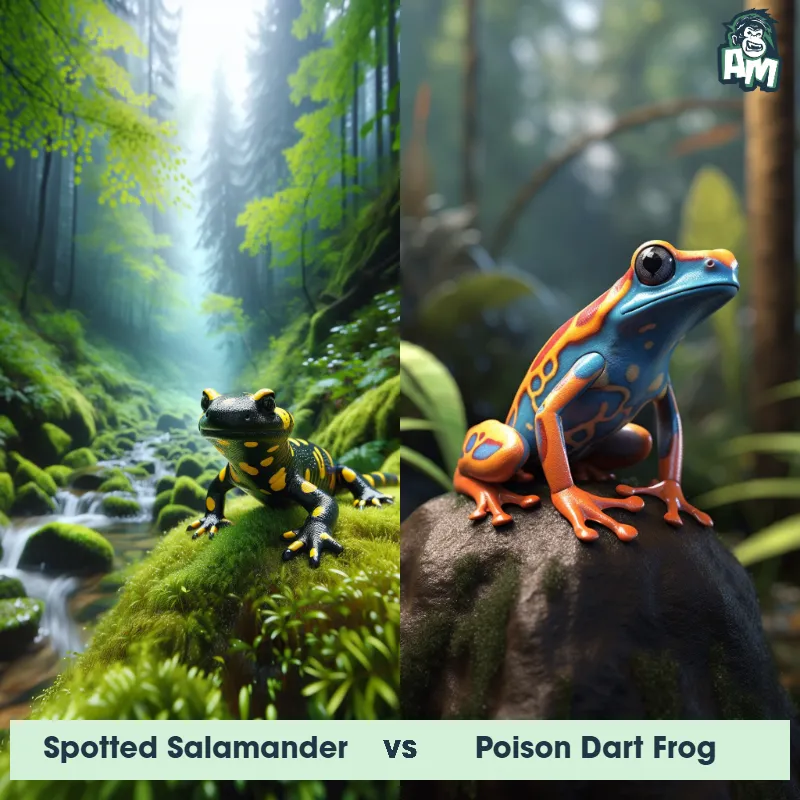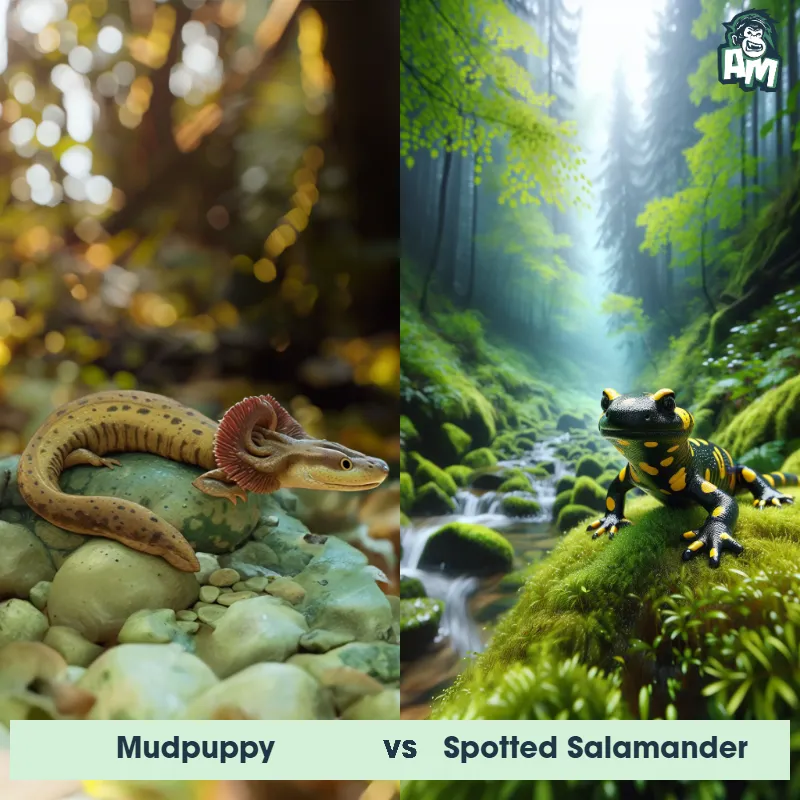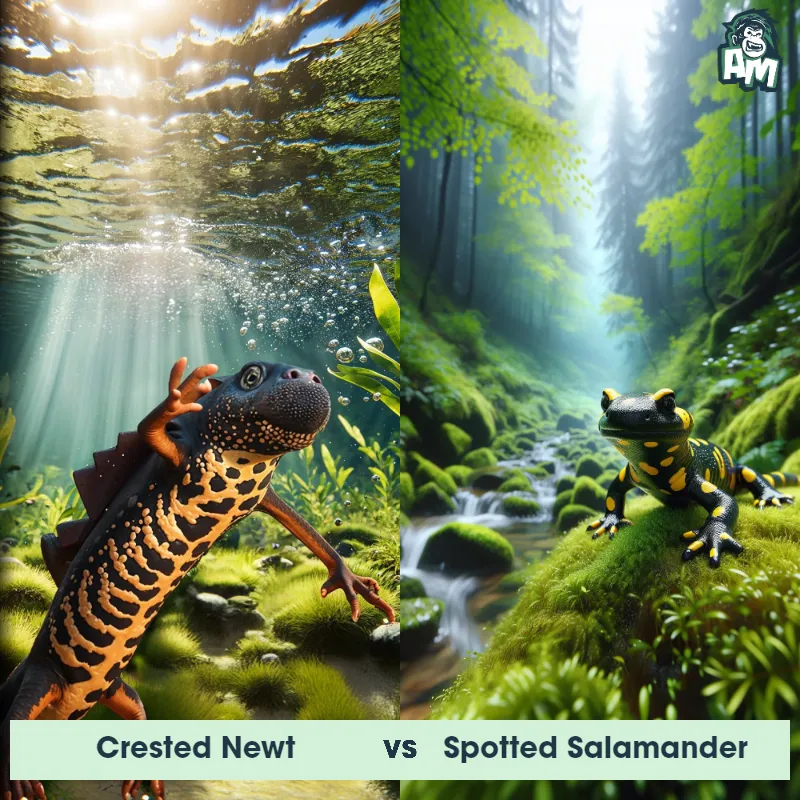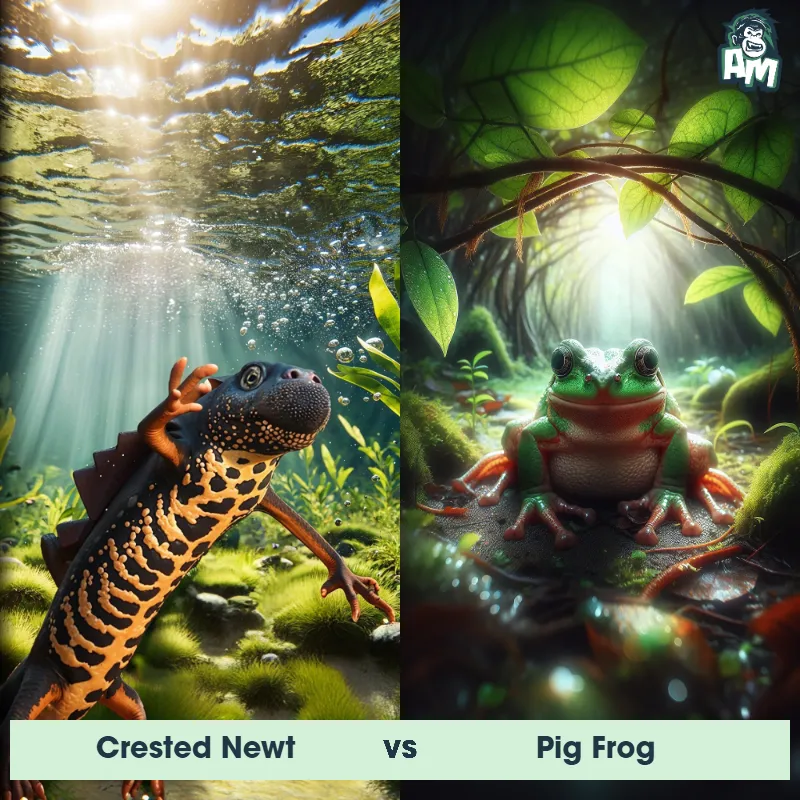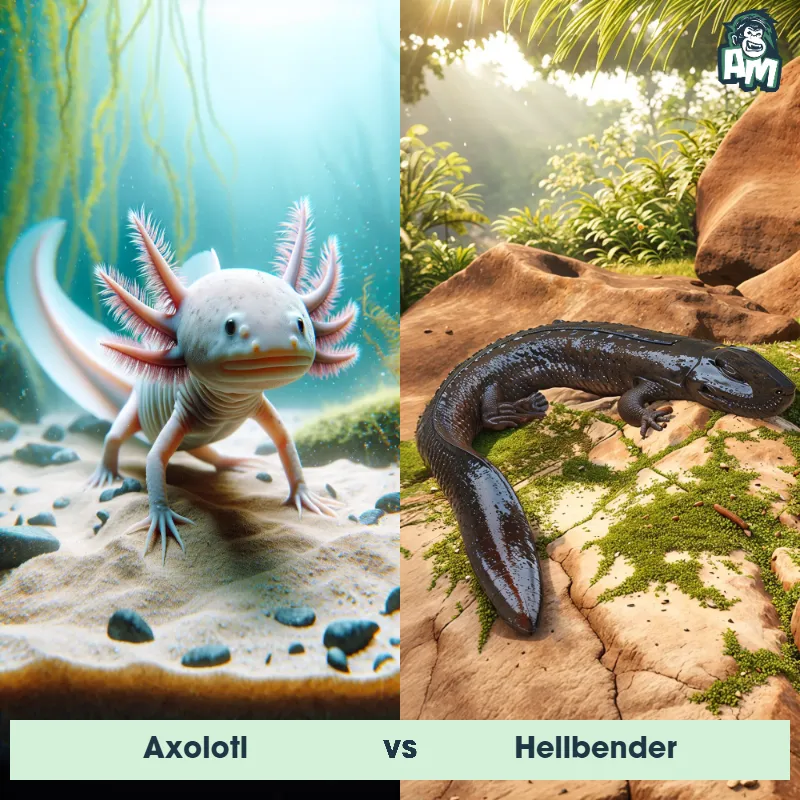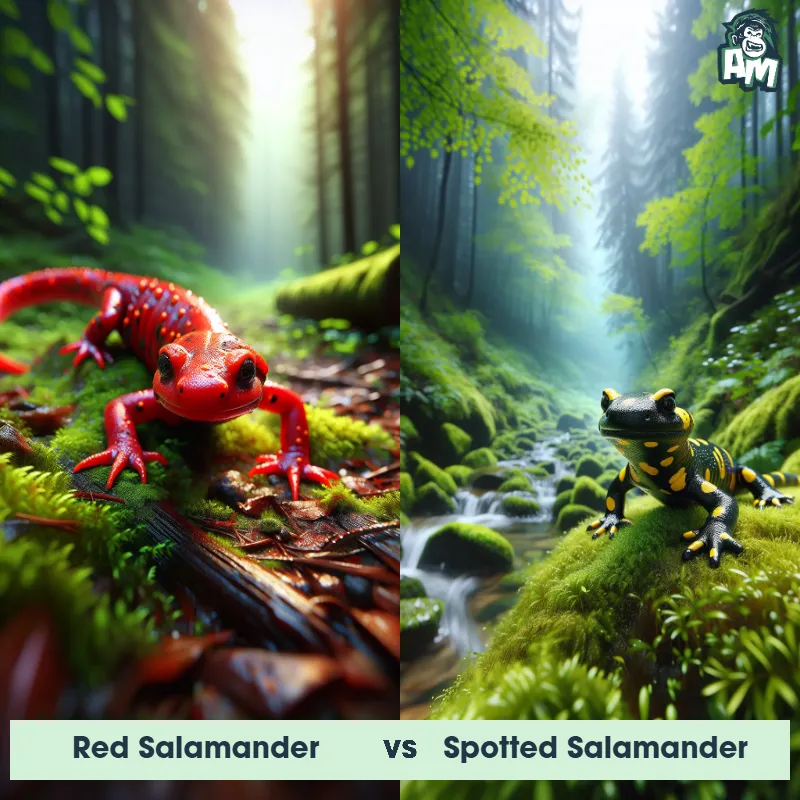Crested Newt vs AxolotlSee Who Wins

Welcome to the ultimate showdown between two amphibious creatures, the Crested Newt and the Axolotl! These two competitors are ready to go head to head in a three-round fight to determine who will come out on top. Round 1:
Contender 1: Crested Newt
The Crested Newt, also known as the Great Crested Newt, is a species of newt found throughout Europe and parts of Asia. They are easily identifiable by their black and orange coloration, as well as the distinct jagged crest along their backs. Crested Newts are amphibious creatures that spend their time both in the water and on land, feeding on insects and small invertebrates.
Fun Fact: Crested Newts are known for their unique courtship ritual, where males perform a dance to attract females by displaying their brightly-colored undersides.
Contender 2: Axolotl
The Axolotl, also known as the Mexican Salamander or Mexican Walking Fish, is a unique amphibian known for its neotenic qualities, retaining its larval features throughout its adult life. It has external gills, a dorsal fin, and a long, slender body. Axolotls can come in various colors, including black, brown, gray, gold, and white.
Fun Fact: Axolotls have amazing regenerative abilities, being able to regrow lost body parts such as limbs, tail, and even parts of their brain.
Matchup Stats
| Crested Newt | Axolotl | |
|---|---|---|
| Size | Up to 6 inches (15 cm) | Up to 9-12 inches (23-30 cm) |
| Weight | Up to 1 ounce (28 grams) | 8-16 ounces (225-450 grams) |
| Speed | 5mph (8km/h) | 5 mph (8 km/h) |
| Key Strength | Agility | Regenerative abilities |
| Biggest Weakness | Size | Presence of external gills can be vulnerable |
Current Votes
Crested Newt vs Axolotl
See Who Wins
View More Matches
Looking For More?
Similar Matches
Scientific Stats
| Crested Newt | Axolotl | |
|---|---|---|
| Scientific Name | Triturus cristatus | Ambystoma mexicanum |
| Family | Salamandridae | Ambystomatidae |
| Habitat | Freshwater ponds, lakes, marshes | Freshwater |
| Geography | Europe and parts of Asia | Originally found in the waters of Lake Xochimilco in Mexico |
| Diet | Insects and small invertebrates | Carnivorous, feeds on small fish, worms, insects, and some plant matter |
| Lifespan | 5 years - 15 years | 10 years - 15 years |
Key Differences between Crested Newt and Axolotl
- Reproduction: Crested Newts lay eggs individually on leaves or plants underwater, while Axolotls are known for their unique ability to reproduce by neoteny, meaning they reach sexual maturity without undergoing metamorphosis from larvae.
- Habitat: Crested Newts are terrestrial as adults, living in damp woodlands and meadows, whereas Axolotls are fully aquatic and inhabit freshwater lakes and canals.
- Behavior: Crested Newts are known to be highly territorial and secretive, coming out mainly at night to forage for food, whereas Axolotls are more social and active during the day.
- Color: The Crested Newt has a dark brown or black body with yellow-orange markings on its belly and sides, whereas the Axolotl is usually a lighter shade of brown with pinkish hues and no distinct markings.
- Morphology: The Crested Newt has a more streamlined body with a distinct crest running along its back, while the Axolotl has a stockier body and retains larval characteristics such as external gills.
- Size: The Crested Newt is typically smaller in size compared to the Axolotl, with adults reaching lengths of about 3-4 inches, while the Axolotl can grow up to 9-12 inches in length.



